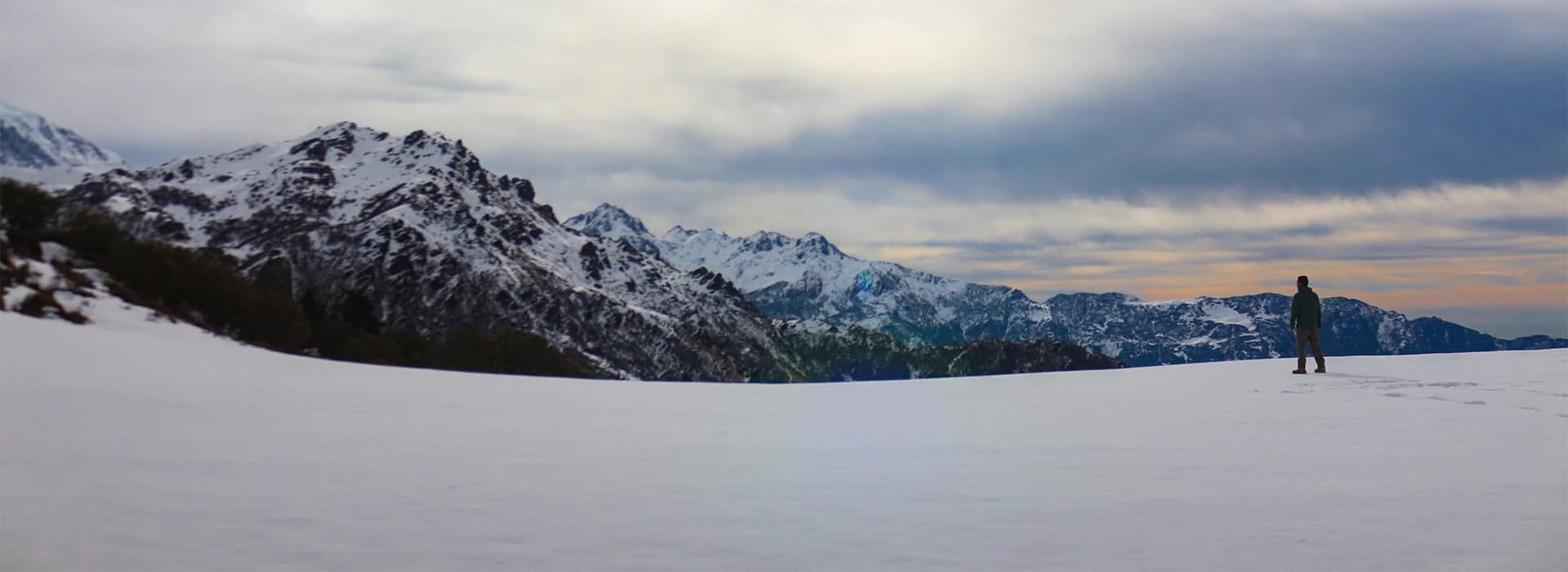Many adventurers dream of climbing the highest mountains in the world and adventure trekking at high altitudes in the Himalaya. Yet, amidst the awe-inspiring beauty of these lofty landscapes lies a formidable challenge: altitude sickness. As the air thins and oxygen levels plummet at higher elevations, altitude sickness can cast a shadow over even the most epic of expeditions. But fear not, Sherpa Eco Adventure, for armed with knowledge and preparation, you can conquer altitude sickness and revel in the majesty of the mountains like never before.
Understanding Altitude Sickness
Altitude sickness, scientifically known as acute mountain sickness (AMS), is a condition that occurs when the body struggles to adapt to reduced oxygen levels at high altitudes. As you ascend to greater heights, the air pressure decreases, leading to a decrease in the amount of oxygen available for your body to utilize. This oxygen deprivation can wreak havoc on your system, resulting in a cascade of symptoms that can range from mild discomfort to life-threatening conditions.
Recognizing the Symptoms
The symptoms of altitude sickness can vary from person to person and may include headaches, nausea, dizziness, fatigue, loss of appetite, insomnia, and shortness of breath. These warning signs should not be ignored, as they may indicate that your body is struggling to acclimate to the thin air of high altitude. Ignoring these symptoms can lead to more severe forms of altitude sickness, such as high-altitude cerebral edema (HACE) or high-altitude pulmonary edema (HAPE), which require immediate medical attention.
Mitigating Altitude Sickness
Fortunately, there are several strategies you can employ to mitigate the effects of altitude sickness and ensure a safe and enjoyable mountain adventure:
Gradual Acclimatization
Ascend slowly, allowing your body time to adjust to the reduced oxygen levels. Take frequent rest breaks and incorporate acclimatization days into your itinerary to give your body the opportunity to adapt.

Hydration
Drink plenty of fluids to stay hydrated, as dehydration can exacerbate the symptoms of altitude sickness. Aim to consume at least three to four liters of water per day and avoid alcohol and caffeinated beverages, which can contribute to dehydration.
Nutrition
Maintain a balanced diet rich in carbohydrates, proteins, and fats to fuel your body's energy needs and support altitude adaptation. Snack frequently to keep your energy levels up, and prioritize easily digestible foods to prevent gastrointestinal issues.
Medication
Consider taking preventive medications such as acetazolamide (Diamox) to help alleviate the symptoms of altitude sickness and facilitate acclimatization. Consult with a healthcare professional before starting any medication regimen, and be aware of potential side effects.
Oxygen Therapy
In severe cases of altitude sickness, supplemental oxygen may be necessary to alleviate symptoms and stabilize your condition. Expedition teams frequently carry portable oxygen cylinders, which are also available at high-altitude rescue stations.
Conclusion
Altitude sickness may pose a formidable challenge to mountain adventurers, but with proper preparation, awareness, and adherence to altitude safety protocols, it can be effectively managed. By recognizing the symptoms of altitude sickness and taking proactive measures to mitigate its effects, you can embark on a high-altitude adventure with confidence and conquer the peaks with ease. So lace up your boots, breathe in that crisp mountain air, and let the journey begin. The mountains are calling, and it's time to answer their majestic summons.
